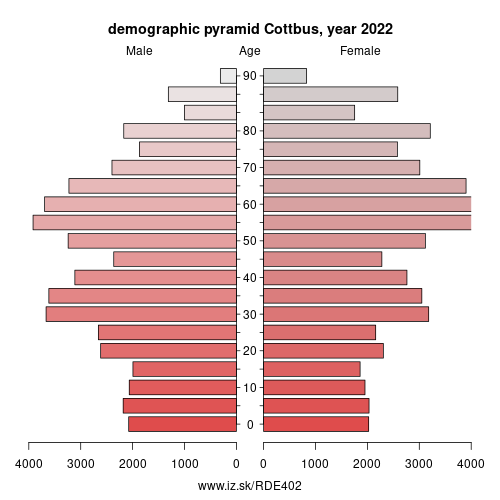- About us»
- Net income calculator»
- Population aging»
-
- Least developed regions»
-
- Average wage
- Material need benefits
- Meal allowance
- Counties of Slovakia
- Inflation
- Living and Subsistence Minimum
- Unemployment of Czechia and Slovakia
- NACE Classification
-
- Life expectancy
- Gender differences
- Youth unemployment and NEET
- Minimum wage in EU
- Unemployment rates of different age groups
- Share of salaries on GDP
- Unemployment rate
- Long term unemployment
- Percentage of employees ususally working at nights
- Employment rate
- NEET
-
- Bratislava and surroundings
- Kopanice
- Danube river
- lower Vah river
- middle Vár river
- upper Nitra river
- lower Nitra river
- Mining cities
- Kysuce a Orava
- upper Vah river - Liptov
- Spiš cities
- upper Hron river
- Juhoslovenská kotlina
- Košice fold and Torysa river
- upper Zemplín
- lower Zemplín
- EU regions
- NUTS3 regions of Slovakia
- LAU1 dataset
-
- Projects and activities
- Inclusive growth»
- Good work
- Project SKRS
- Social system – reality and vision
- Library
-
- Education of unemployed
- Young unemployed not taking part in education
- Proposal to change the system of education funding
- News»
- Contact
Cottbus – DE402
EU regions: Germany > Brandenburg > Brandenburg > Cottbus

| Indicator | Period | Value |
|---|---|---|
| Gross domestic product | ||
| GDP per capita in PPS of EU average | 2022 | 104 |
More on wikipedia wikidata Q3214 on OpenStreetMap Cottbus slovensky: DE402
Demographics
| Indicator | Period | Value |
|---|---|---|
| Demographics | ||
| number of inhabitants | 2024 | 94 778 |
| population density | 2023 | 572.8 |
| old-age dependency ratio | 2024 | 45.4 |

Cottbus (German pronunciation: [ˈkɔtbʊs] (listen); Lower Sorbian: Chóśebuz, pronounced [ˈxɨɕɛbus]) is a university city and the second-largest city in Brandenburg, Germany. Situated around 125 km (78 mi) southeast of Berlin, on the River Spree, Cottbus is also a major railway junction with extensive sidings/depots. Although only a small Sorbian minority lives in Cottbus itself, the city is considered as the political and cultural center of the Sorbs in Lower Lusatia.
Spelling
Until the beginning of the 20th century, the spelling of the city's name was disputed. In Berlin, the spelling „Kottbus" was preferred, and it is still used for the capital's Kottbusser Tor ("Cottbus Gate"), but locally the traditional spelling „Cottbus" (which defies standard German-language rules) was preferred, and it is now used in most circumstances. Because the official spelling used locally before the spelling reforms of 1996 had contravened even the standardized spelling rules already in place, the Standing Committee for Geographical Names stress their urgent recommendation that geographical names should respect the national spelling standards. In this context it is to be noted that a citizen of the city may be identified as either a "Cottbuser" or a "Cottbusser".
Names in different languages:
- Czech: Chotěbuz
- German: Cottbus
- Latin: Cotbusium
- Polish: Chociebuż
- Lower Sorbian: Chóśebuz
- Upper Sorbian: Choćebuz
- Yiddish: קוטבוס, romanized: Kutbus
History
The settlement was established in the 10th century, when Sorbs erected a castle on a sandy island in the River Spree. The first recorded mention of the town's name was in 1156. In the 13th century German settlers came to the town and thereafter lived side by side with the Sorbs.
Other: Brandenburg, Barnim District, Märkisch-Oderland District, Oberhavel District, Oder-Spree District, Ostprignitz-Ruppin District, Prignitz District, Uckermark District, Potsdam-Mittelmark District, Cottbus, Dahme-Spreewald District, Elbe-Elster District, Havelland District, Oberspreewald-Lausitz District, Spree-Neiße District, Potsdam, Teltow-Fläming District, Frankfurt (Oder), Brandenburg an der Havel
Neighbours: Spree-Neiße District
Suggested citation: Michal Páleník: Europe and its regions in numbers - Cottbus – DE402, IZ Bratislava, retrieved from: https://www.iz.sk/PDE402, ISBN: 978-80-970204-9-1, DOI:10.5281/zenodo.10200164

 Share
Share Facebook
Facebook Twitter
Twitter News
News